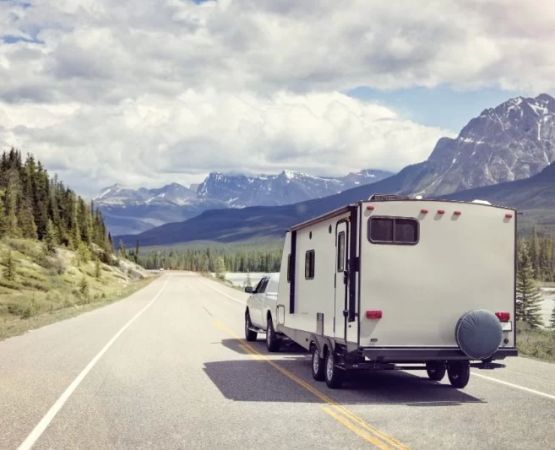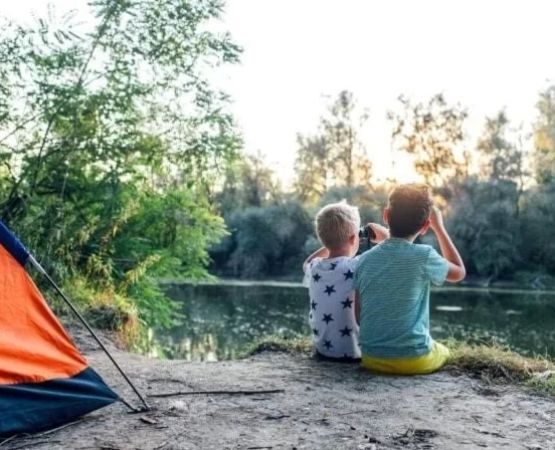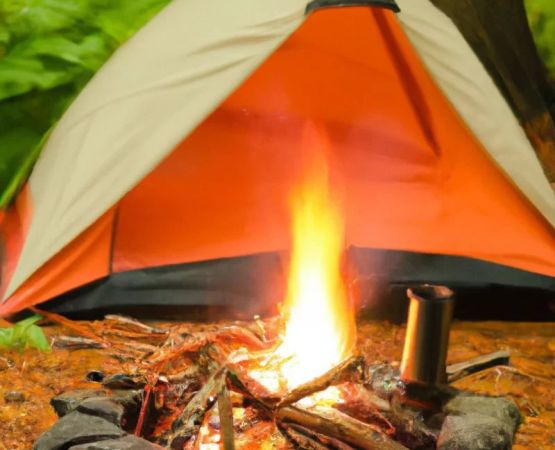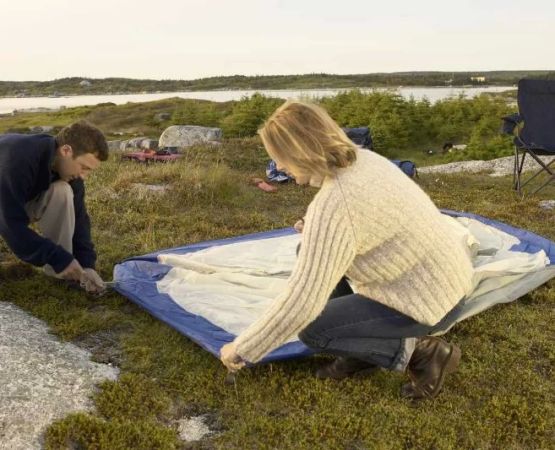Choosing the Right Campsite for a Solo Trip
As someone who loves the outdoors and has embarked on many solo camping trips, I can tell you that choosing the right campsite is one of the most important decisions you’ll make for your adventure. Whether you’re an experienced solo traveler or just starting out, the campsite you pick will have a big impact on your safety, comfort, and overall experience. In this article, I’ll share the key factors to consider when choosing a campsite for your solo trip.
1. Safety Should Be Your Top Priority
When I first started camping alone, safety was my biggest concern. The idea of being in the wilderness all by myself seemed daunting, and I wanted to make sure I was in a safe environment. The first thing you should check is whether the campsite is in a secure area. Is it far from any potential natural hazards, such as wild animal habitats or areas prone to flooding? I always try to stay in designated campsites that are frequently monitored, either by rangers or through nearby communities.
It’s also important to know the area’s wildlife. Some areas may be more prone to encounters with dangerous animals like bears, mountain lions, or snakes. I recommend researching the local wildlife and understanding the precautions to take. For example, bear-proof food storage is something I always look for when choosing a campsite in bear country.
2. Accessibility and Location
When you’re camping solo, it’s essential that the campsite is easily accessible. I’ve had a few trips where I underestimated the distance to the campsite and ended up hiking for hours longer than expected—especially challenging when carrying heavy gear. The closer the campsite is to a trailhead or parking area, the easier it is to access, especially if you're carrying your gear alone.
Location is another key consideration. Some solo campers, like myself, enjoy more remote campsites that provide peace and solitude, away from crowded parks and other campers. However, remote campsites can also pose a challenge in terms of emergencies. A campsite near an emergency exit, park ranger station, or an easily accessible road is ideal if you’re not an experienced wilderness adventurer.
3. Consider the Weather and Terrain
Weather can be unpredictable, and it’s always better to be prepared for whatever nature throws at you. I’ve experienced all types of weather during my solo camping trips—from sunny days to sudden rainstorms and even unexpected snow in the mountains. Always check the forecast before choosing your campsite. Avoid low-lying areas that may flood or high, exposed ridges that could be dangerous in strong winds or storms.
The terrain also plays a big role in your camping experience. A flat, sheltered campsite is ideal for comfort and safety. Rocky or sloped areas can make it difficult to set up your tent and make sleeping uncomfortable. I’ve learned from experience that it’s best to set up camp in a dry, flat spot with some natural windbreaks like trees or rocks.
4. Proximity to Water Sources
Having easy access to a clean water source is essential for any solo camping trip. I always make sure the campsite is near a river, lake, or stream so that I can easily refill my water bottles or use the water for cooking. However, I also make sure the water is safe to drink. Many campsites near water may require you to filter or purify the water, which I always do by bringing along a water filter or water purification tablets.
Additionally, a water source near your campsite makes it easier for cleaning and washing dishes, which is always a plus when camping alone. However, be sure to camp at least 200 feet from water to protect the environment and avoid contamination.
5. Comfort and Amenities
When I go camping alone, I often seek comfort in the small things. Whether it’s having a flat spot to pitch my tent or access to picnic tables and fire rings, these amenities can make a big difference in your comfort level. Not every campsite will have all the amenities you’re used to in urban settings, but it's still important to consider what you need for comfort and convenience. If you're new to solo camping, you might prefer campsites with established restroom facilities, trash bins, or even nearby convenience stores to make your experience easier.
6. Environmental Impact and Leave No Trace
As an environmentally conscious solo camper, I always consider the environmental impact of the campsite I choose. It's important to select a location that follows the Leave No Trace principles. That means picking a spot that isn’t overcrowded or overused. The fewer the disturbances to the land, the better it will be for both wildlife and future campers.
Before camping in any area, I make sure that it is legally open to camping, and I always respect the local flora and fauna. For example, I avoid areas where vegetation is fragile, and I follow guidelines on campfire restrictions to prevent forest fires.
7. Reviews and Recommendations
As I plan each new solo camping trip, I often rely on recommendations from other campers. Websites like AllTrails or camping forums provide valuable insights into different campsites, including the level of difficulty to reach them, their amenities, and any potential issues to look out for. I’ve found that reading reviews from other solo campers who’ve already stayed at a site is incredibly helpful. They provide insights on everything from safety concerns to hidden gems I might not have noticed otherwise.
Additionally, I like to chat with park rangers or local experts when I arrive. They can provide up-to-date information on trail conditions, wildlife sightings, and any possible restrictions that I may not have anticipated.
8. Enjoying the Solo Camping Experience
One of the most exciting parts of solo camping is the opportunity for personal growth and reflection. I’ve had moments of clarity, deep connection with nature, and even moments of solitude that have helped me grow as an individual. The campsite you choose will set the tone for this experience. Whether you prefer a quiet lakeside retreat or a mountain wilderness, the right campsite will enhance your adventure and allow you to connect with nature on a deeper level.
Remember that solo camping is not just about setting up camp—it’s about embracing the adventure and all the lessons that come with it. So take your time choosing the perfect campsite, and don’t be afraid to step out of your comfort zone. The world is full of amazing places waiting for you to explore!






